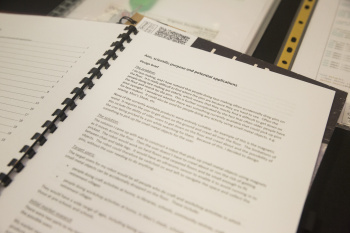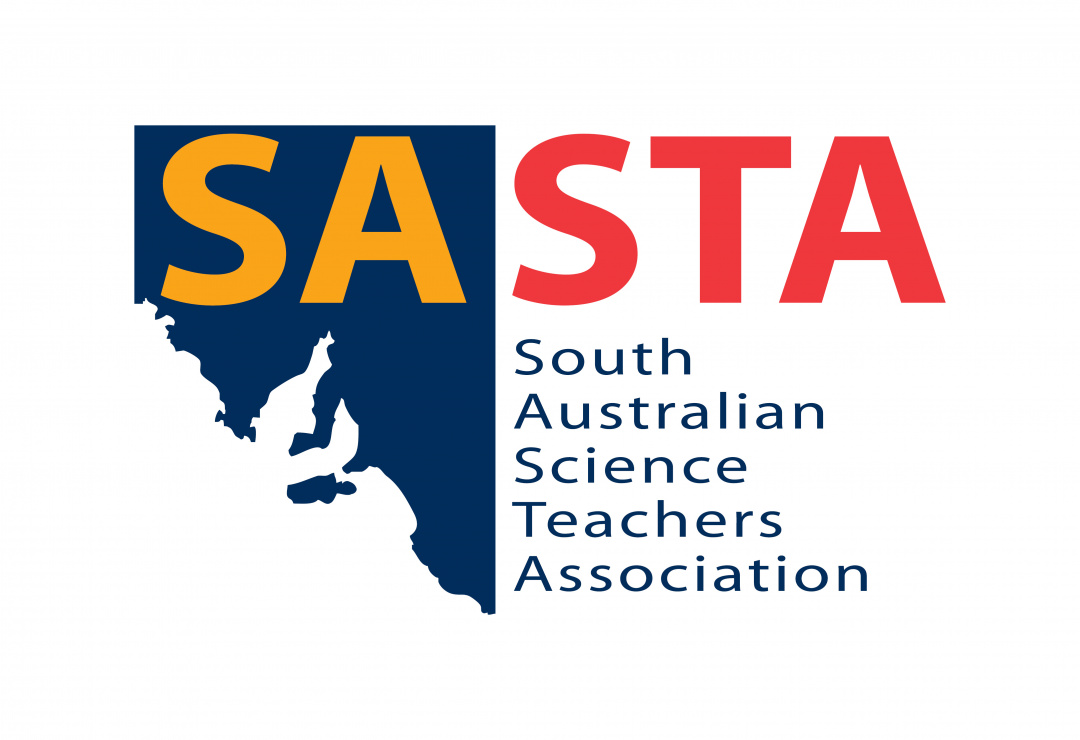Posted by Oliphant Science Awards
on 18/06/2020

This week we have a great resource for those creating a Scientific Inquiry project in the Oliphant Science Awards, from Ms. Alexandra Stephenson (2016 Oliphant Trophy Winner)!
In 2016, Alexandra wowed the judges with her Scientific Inquiry - Vibration Damping on the Cello by Cello Mutes! She also has been a prizewinner for another three Scientific Inquiry Projects in the OSA competition over the years, a national finalist three times in the BHP Foundation Science and Engineering Awards and the first person ever in the history of the BHP Awards to have two projects selected as finalists in the same year... so someone well experienced in this category!
Have a read below and see if you have considered all the aspects for your Scientific Inquiry Project this year?
Remember all 2020 Scientific Projects are due via Online Electronic Submission by 22 July 2020!
If you would like to download a PDF version of the guide below please click here
Scientific Inquiry is proudly sponsored by the University of South Australia |
 |
Hints and tips for creating a great OSA Scientific Inquiry project!
by Alexandra Stephenson
Choosing a topic: The subject of a scientific inquiry entry doesn’t have to be something enormous that takes several years to do (although I am guilty of doing this). One scientific inquiry entry that I did started as an observation that the copper strips around the strawberry pots at home didn’t seem to be stopping snails from reaching the plants like they were supposed to. (Turns out you need to put double the width of the copper strip to make it effective.) On the other hand, scientific inquiries aren’t something that can be done and typed up in just an hour or two, especially as you get into higher years.
Planning the entry out: Before you get to the actual experiment, I’ve found it’s much better to plan it all out, and maybe run some preliminary trials, so you’re prepared. Also make sure you plan in case of accidents, such as broken glassware or miscalculated quantities of materials. It helps to have all the equipment laid out ready to access before starting. When planning it out, think about how you’ll test your hypothesis, and what equipment or facilities you’ll need. This is where you do your preliminary trials, to make sure your equipment both works, and is appropriate for the experiment you’re doing. Also make sure your experiment is measuring something relevant to your hypothesis. Using that example about the snails, don’t study something like how fast snails move, just because it’s easy to measure. It’s irrelevant. It’s a good idea to repeat the experiment several times, to make your results more reliable. This is also why you plan in advance – so you have enough time to repeat the experiment several times.
Log book: Don’t forget to keep a log book. Whenever you work on your project, note it down (at the time) so you don’t forget what you were doing. A log book is basically like a diary or journal of what you did, researched or realized and when. It’s also very handy for things like the CSIRO CREST program, where you need to keep a track of how many hours you spend on the project.
Before submission: Make sure you double check the requirements for a scientific inquiry entry before you submit it. You don’t want to forget something big like the logbook or the signed risk assessment form. Make sure you’ve got the Oliphant Science Award ID/Cover Sheet attached.
General tips: Scientific inquiry entries tend to take time. Don’t leave them to the last minute. They’re also far more enjoyable when you haven’t been up till three the last several days trying to get it done in time. Remember: no matter how well you plan, there will always be something unexpected that comes up. Leave extra time for this. And for proofreading!
In this Section
Archive
- July 2025
- June 2025
- May 2025
- April 2025
- March 2025
- February 2025
- January 2025
- December 2024
- November 2024
- October 2024
- September 2024
- August 2024
- July 2024
- June 2024
- May 2024
- April 2024
- March 2024
- February 2024
- December 2023
- November 2023
- October 2023
- September 2023
- July 2023
- June 2023
- May 2023
- April 2023
- March 2023
- February 2023
- January 2023
- December 2022
- November 2022
- October 2022
- August 2022
- July 2022
- June 2022
- May 2022
- April 2022
- March 2022
- February 2022
- January 2022
- December 2021
- November 2021
- October 2021
- September 2021
- August 2021
- July 2021
- June 2021
- May 2021
- April 2021
- March 2021
- February 2021
- January 2021
- December 2020
- November 2020
- October 2020
- September 2020
- August 2020
- July 2020
- June 2020
- May 2020
- April 2020
- October 2018
- September 2018
- August 2018
- July 2018

